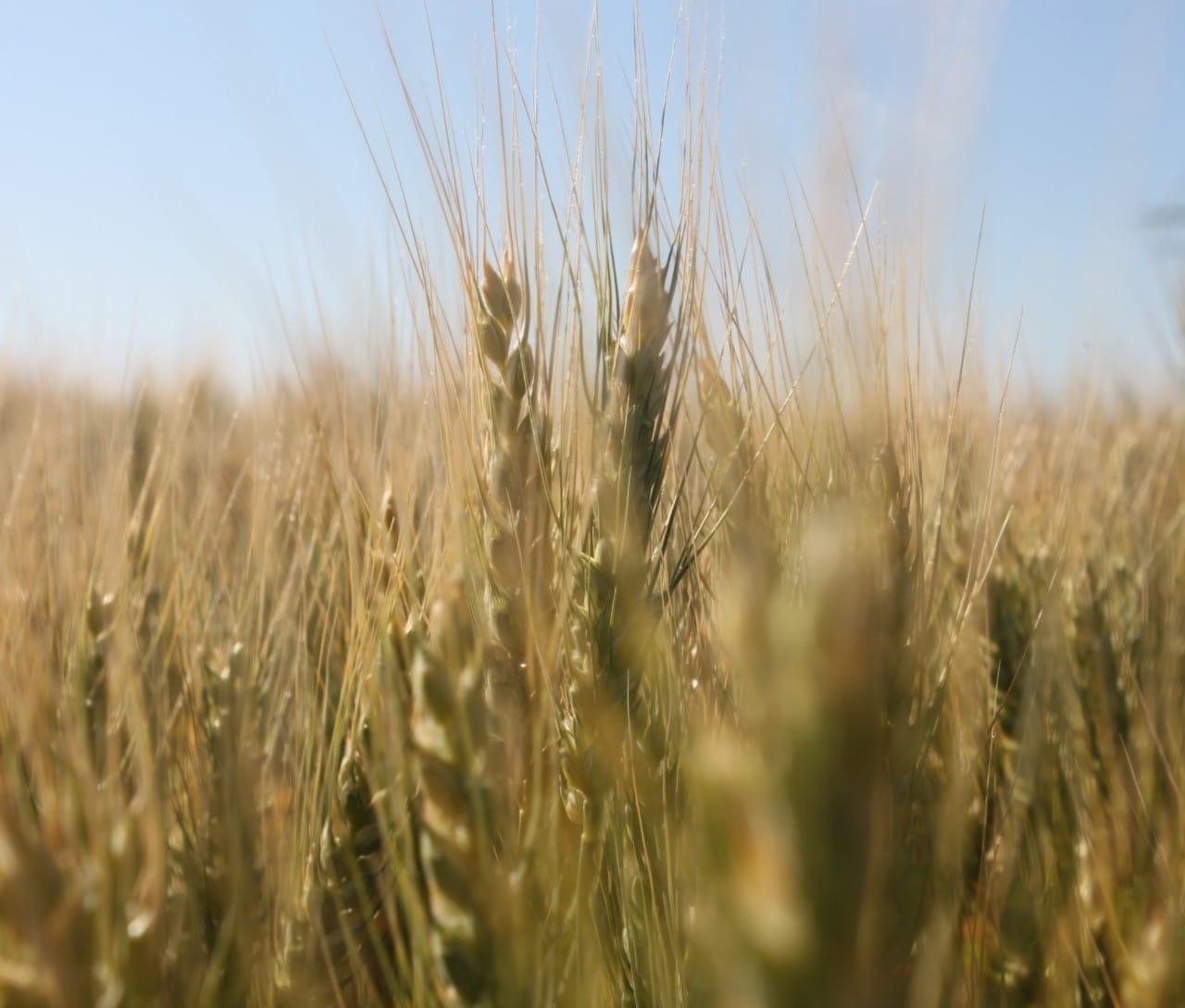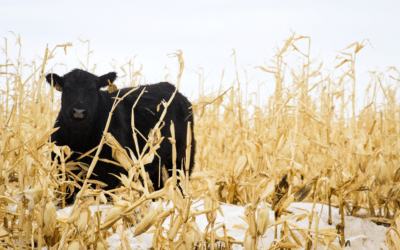Jim Bagshaw, Alliance Seed
Are you able to guess the number one most common question someone in my line of work gets asked? When I pick up the phone, when I run into farmers at farm shows, literally even as I passed mashed potatoes at my extended family’s Thanksgiving dinner, I very, very regularly get asked: what’s the best variety available?
You might assume that I should have a fast and ready answer. Afterall, I am in the know for the newest varieties coming through the breeding pipeline, and a lot of new genetics are a step up in yield, disease protection and agronomics.
The problem, however, is that the varieties that might excel most on your farm could prove duds a province – even a town – away. In fact, the varieties that will make you happiest may not at all suit your very next-door neighbour’s management strategy, topography, disease challenges, pest issues, and other production influencing factors, and might not even be consistent across your own farm.
Most frustratingly – for you and for me – is the fact that the variety you swear by this year might be the exact variety you swear at next year, when weather conditions, disease pressure or other factors entirely change the game. No matter how fantastic the variety’s genetic potential, a seed’s growing conditions, both in terms of environmental factors and management care, will influence at least two thirds of the final outcome.
Asking what variety is ‘best’ is like asking which make and model of car is ‘best’. Back when Henry Ford rolled out his first Model Ts, he had the perfect answer to customers who asked for choice: “Any colour you want, as long as you want black.” The world was simple when there was exactly one model and exactly one colour. Farmers are both blessed and challenged by choice in varieties today.
So, how can a producer select varieties that offer the best chance of success?
First, don’t get caught up in new variety hype. Yes, some new genetics can outperform existing options in certain conditions. However, ‘new’ does not necessarily mean ‘well-suited’ for your farm.
Instead, carefully consider what are the two or three biggest production challenges you typically face. Understanding your fields’ biggest issues will narrow your range of variety options by 80 per cent or more.
Then, think broadly. Very few growers have the benefit of perfectly consistent growing conditions across their entire farm. Though I’m not suggesting you excessively complicate management by growing dozens of varieties, growing two or more varieties to better match different geography/soil types on your farm can increase your success.
Growing several varieties also spreads your risk. We live in the land of extremes: from flooding to drought, from baking heat to frost, we’re home to it all. Growing crops is a little like rolling the dice: do you plant for maximum yield or for drought hardiness; for disease resilience or for frost tolerance? While the best answer will change each year and is only obvious in 20-20 hindsight, planting multiple varieties reduces risk and is proven to increase your overall returns over a three-to-five-year average, while also providing the option of spreading out harvest timing with varied maturities.
Finally, ask for advice. Reputable sources have a long-term attitude and won’t just recommend their own company’s options.





